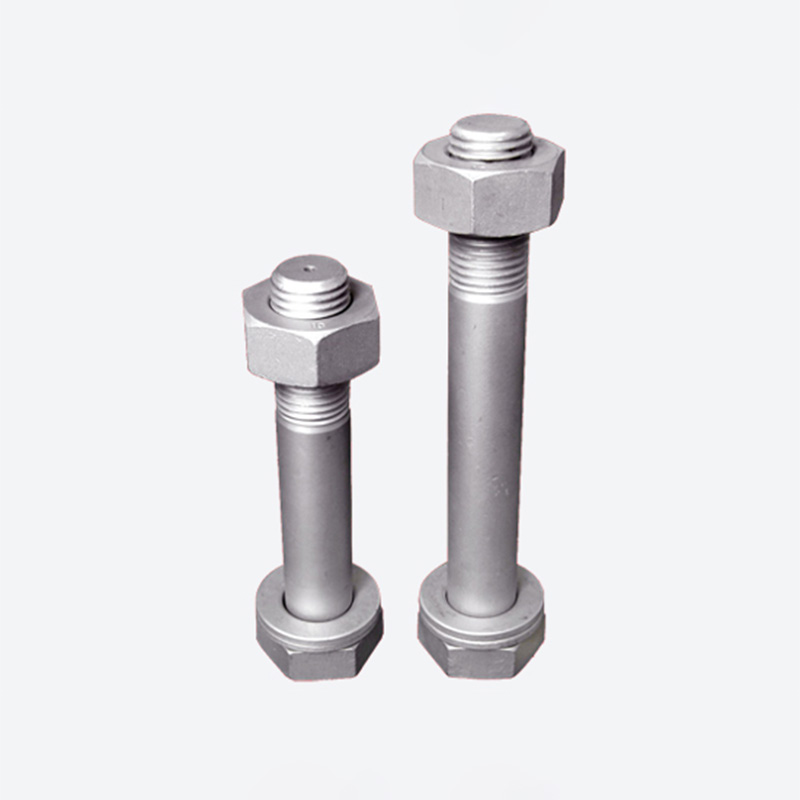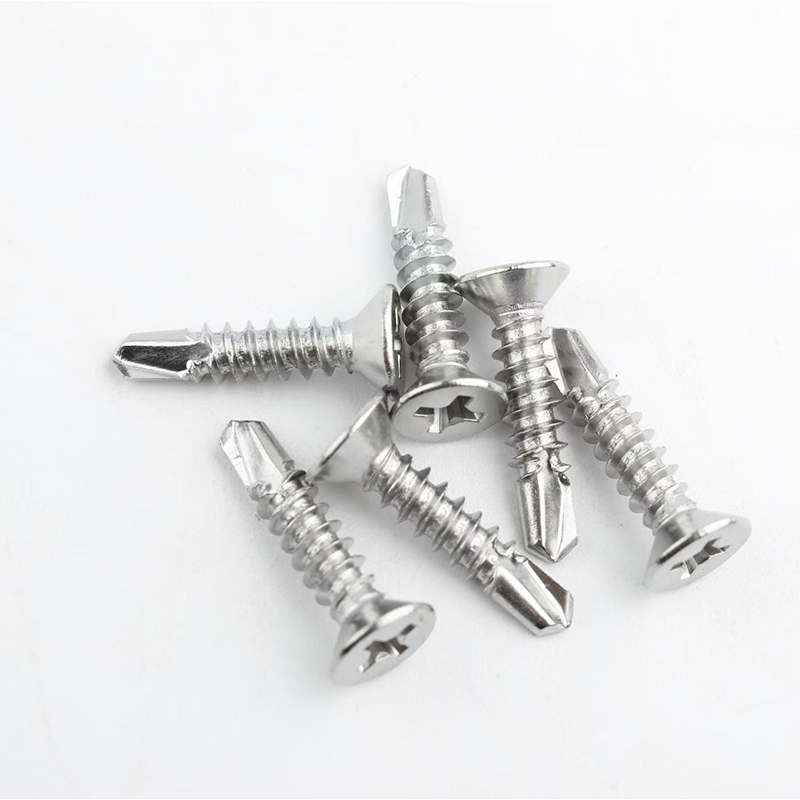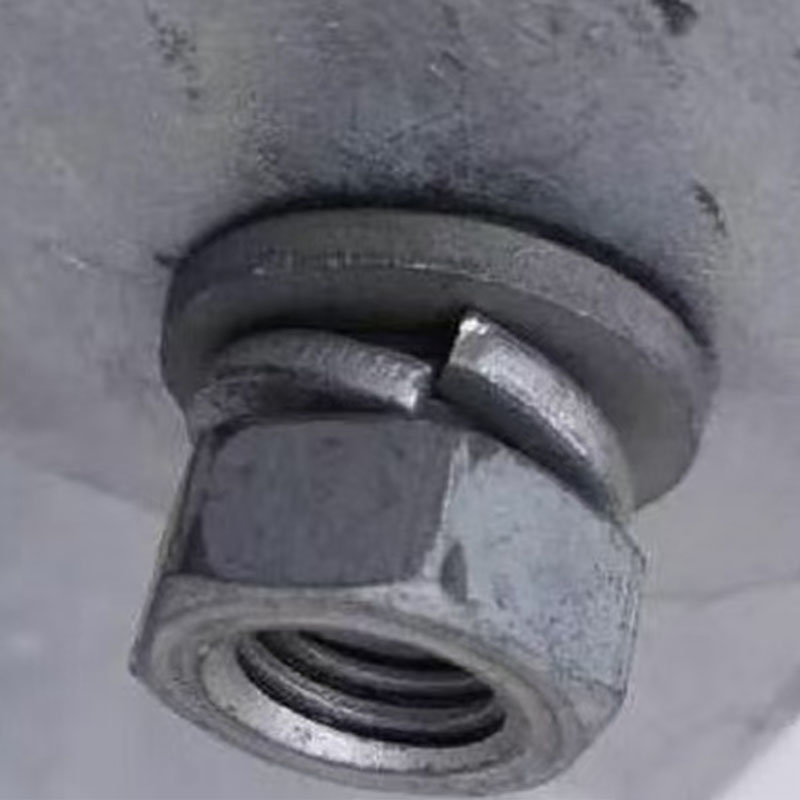- English
- Chinese
- French
- German
- Portuguese
- Spanish
- Russian
- Japanese
- Korean
- Arabic
- Irish
- Greek
- Turkish
- Italian
- Danish
- Romanian
- Indonesian
- Czech
- Afrikaans
- Swedish
- Polish
- Basque
- Catalan
- Esperanto
- Hindi
- Lao
- Albanian
- Amharic
- Armenian
- Azerbaijani
- Belarusian
- Bengali
- Bosnian
- Bulgarian
- Cebuano
- Corsican
- Croatian
- Dutch
- Estonian
- Filipino
- Finnish
- Frisian
- Galician
- Georgian
- Gujarati
- Haitian
- Hausa
- Hawaiian
- Hebrew
- Hmong
- Hungarian
- Icelandic
- Igbo
- Javanese
- Kannada
- Kazakh
- Khmer
- Kurdish
- Kyrgyz
- Latin
- Latvian
- Lithuanian
- Luxembou..
- Macedonian
- Malagasy
- Malay
- Malayalam
- Maltese
- Maori
- Marathi
- Mongolian
- Burmese
- Nepali
- Norwegian
- Pashto
- Persian
- Punjabi
- Serbian
- Sesotho
- Sinhala
- Slovak
- Slovenian
- Somali
- Samoan
- Scots Gaelic
- Shona
- Sindhi
- Sundanese
- Swahili
- Tajik
- Tamil
- Telugu
- Thai
- Ukrainian
- Urdu
- Uzbek
- Vietnamese
- Welsh
- Xhosa
- Yiddish
- Yoruba
- Zulu
- Kinyarwanda
- Tatar
- Oriya
- Turkmen
- Uyghur

Kodi zomangira zitsulo zosapanga dzimbiri zowuma ndi zokometsera?
2025-08-20
M'dziko la zomangamanga, komwe kukhazikika kukukulirakulira, funso ngati zitsulo zosapanga dzimbiri zomangira zomangira ndi eco-ochezeka akuyamba kukopa. Zomangira izi zimadziwika ndi mphamvu zake komanso kukana dzimbiri, koma zimayesa bwanji chilengedwe? Ambiri m'makampani amakangana za momwe amagwirira ntchito, nthawi zambiri amatsutsana pakati pa magwiridwe antchito ndi zovuta zachilengedwe.
Zoyambira za Stainless Steel Drywall Screws
Choyamba, tiyeni tiwone zomwe zimapangitsa kuti zomangira zitsulo zosapanga dzimbiri zikhale zosankha kwa omanga ambiri. Ndiwolimba kwambiri ndipo amapereka kukana kwamphamvu kwa dzimbiri chifukwa cha chromium yomwe ili mu aloyi. Pokhala ndi zomangira zomwe nthawi zambiri zimakumana ndi nyengo zosiyanasiyana, kukhala ndi zomangira zomwe sizimachita dzimbiri ndikofunikira. Koma sikuti zimangogwira ntchito; kupanga kwawo kumachita gawo lalikulu pazambiri zawo zokomera zachilengedwe.
Komabe, kupanga zitsulo zosapanga dzimbiri kumaphatikizapo kukumba ndi kuyenga faifi tambala ndi chromium, zomwe zimagwiritsa ntchito mphamvu zambiri. Izi zimadzutsa mafunso okhudzana ndi kukhazikika kwawo. Zowona, kukhala ndi moyo wautali kumatanthauza kusasintha pafupipafupi, zomwe zingachepetse mtengo woyambira wa chilengedwe. Koma kodi izi ndizokwanira kuwatcha kuti ndi ochezeka?
Ku Handan Shengtong Fastener Manufacturing Co., Ltd., kampani yomwe ili pachimake pamakampani othamanga kwambiri ku China, timayika patsogolo kumvetsetsa moyo wazinthu zathu. Kuti mumve zambiri, mutha kupita patsamba lathu pa Handan Shengtong Fastener. Tikukhulupirira kuti kumvetsetsa bwino za ulendo wa chinthu kuchokera kuzinthu zopangira mpaka kukayika kumatha kuwulula zinthu zobisika zokomera chilengedwe.
Kuyerekeza ndi Zida Zina
Poyesa kuyanjana kwachilengedwe kwa zomangira zitsulo zosapanga dzimbiri, ndikofunikira kuziyerekeza ndi zida zina. mwachitsanzo, zomangira zopangira malata nthawi zambiri zimaganiziridwa chifukwa cha kuchepa kwamphamvu koyambira. Komabe, samapereka mlingo womwewo wa kukana kwa dzimbiri, zomwe zingayambitse kusinthidwa pafupipafupi.
Kusintha kumeneku sikungokhudza bajeti; ndi chilengedwe. Ngati mukusintha zomangira zaka zingapo zilizonse chifukwa cha dzimbiri kapena kuwonongeka, mawonekedwe a kaboni amatha kuwonjezera mwachangu. Pankhani ya moyo wautali, kufunikira kwachitsulo chosapanga dzimbiri kuti chisinthidwe mobwerezabwereza kumapereka m'mphepete.
Chofunika kwambiri ndikuyang'ana pa zosowa zenizeni za polojekitiyi. Kodi mikhalidweyo ndi yowawa mokwanira kuti zitsulo zosapanga dzimbiri zikhale zolimba kwambiri? Ngati ndi choncho, phindu la nthawi yayitali nthawi zambiri limaposa mtengo woyambirira wa chilengedwe.
Zobwezerezedwanso ndi Zosinthanso
Mbali ina yofunika kuganiziridwa ndikubwezeretsanso. Chitsulo chosapanga dzimbiri chimatha kugwiritsidwanso ntchito 100%, ndipo zotsalira zake zimakhala ndi phindu lalikulu m'misika yobwezeretsanso. Izi zikutanthauza kuti zomangira zomwe zimagwiritsidwa ntchito siziyenera kutayidwa; atha kukonzedwanso ndikulowanso nthawi yopanga.
Ku Handan Shengtong Fastener Manufacturing Co., Ltd., timalimbikitsa machitidwe omwe amakulitsa kuyambiranso. Kukhala mbali yofunikira kwambiri komwe kukonzanso kumathandizira kutha kusintha nkhani yozungulira zitsulo zosapanga dzimbiri, kuziyika ngati gawo lachuma chozungulira.
Pamalo, zikuwonekeratu momwe kukonzekera kumanga ndi moyo wonse kungachepetse kuwononga chilengedwe. Vuto nthawi zambiri limakhala pakulekanitsa pakati pa kupanga ndi kutaya komaliza, zomwe opanga ma fastener ayenera kuthana nazo pamodzi.
Kupititsa patsogolo Makampani ndi Zatsopano
Pokhala ndi luso loyendetsa ntchito yomanga, ndi sitepe yotani yopangira zomangira zitsulo zosapanga dzimbiri kuti zisawonongeke zachilengedwe? Ku Handan Shengtong Fastener Manufacturing Co., Ltd., cholinga chathu chakhala pakuchepetsa kutulutsa mpweya wotulutsa ndikupeza magwero amphamvu oyeretsa, mogwirizana ndi kukakamiza kwapadziko lonse kuti kukhazikike.
Zatsopano monga njira zopangira kutentha pang'ono ndi njira zina zopangira ma aloyi osagwiritsa ntchito kwambiri zida zili m'chizimezime. Kupita patsogolo kumeneku kutha kuletsa kusiyana pakati pa kufunikira kwa zida zomangira zolimba ndi kuyang'anira chilengedwe.
Ndikoyenera kudziwa kuti kutengera kwamakampani kumatenga nthawi yayitali, nthawi zambiri kumafunika kuti oyambitsa azitsogolera mwachitsanzo. Makampani omwe ali ndi machitidwe okhazikika amatha kukonza njira zosinthira, ndikukhazikitsa miyezo yatsopano kuti ena atsatire.
The Final Takeaway
Chifukwa chake, Yankho silosavuta inde kapena ayi. Ngakhale amadzitamandira kuti amatha kubwezeretsedwanso komanso kugwiritsidwa ntchito kwanthawi yayitali komwe kumachepetsa kuwononga kwawo chilengedwe, mphamvu zoyambira zopangira komanso kupeza zinthu kumabweretsabe zovuta.
Kwa omanga ndi omanga, njira yabwino kwambiri ingakhale yolinganiza. Ganizirani mtengo wa chilengedwe motsutsana ndi zofunikira za polojekitiyi. Zomangira zokhalitsa zimatanthawuza zolowetsamo zochepa, zomwe zimatha kupendeketsa sikelo mokomera chitsulo chosapanga dzimbiri zikawonedwa kudzera pa lens yokhazikika.
Pamapeto pake, kufunafuna kukhazikika pantchito yomanga sikungofuna kupeza yankho langwiro koma kupanga zisankho zomwe zimapanga kusiyana. Kuti mudziwe zambiri pa zomangira zokomera zachilengedwe, onaninso zothandizira pa Handan Shengtong Fastener.









